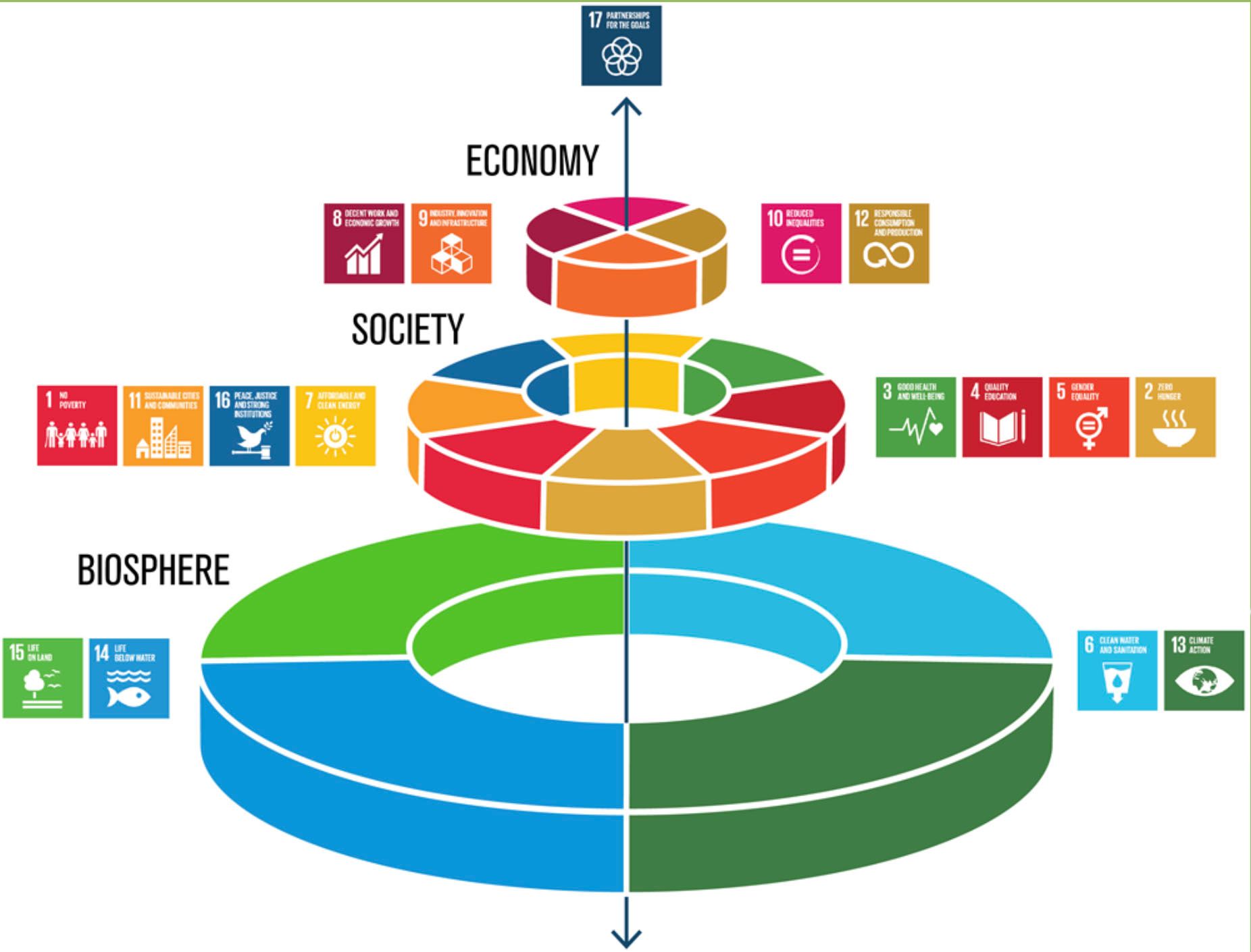Innovation World Cup
Highlights of the 2022 world innovation ranking and the most innovative countries in the world.
The GII (
Global Innovation Index ) is a world ranking of innovation carried out annually, since 2007, with the objective of measuring and identifying the development capacity of innovation in 132 countries, being considered a great source of sector data.
In 2022, the GII reaches its 15th edition, it is an initiative of
INSEAD (Institut Européen d'Administration des Affaires, European Institute of Business Administration) and published by
Wipo (World Intellectual Property Organization), in partnership with the
Portulans Institute , as well as other internationally renowned corporations and institutions, such as
Bloomberg, the
World Bank and the
University of Oxford .
Since we're in the Football World Cup mood, nothing better than a good ranking of the most innovative countries in the world, right?
In this article, you will see:
How does the Global Innovation Index work?
Highlights of the 2022 edition
Which are the most innovative countries in the world?
How does the Global Innovation Index work?
Since 2011, the index has had an Advisory Board established to advise on the strategic direction of the Global Innovation Index, to help more broadly emphasize the important role that innovation plays in economic and social development, and to assist in sharing the GII results with regard to each of the world's economies and regions. The Advisory Board is a select group of policy makers, opinion makers and corporate executives. Members come from diverse geographic and institutional backgrounds, who participate in a personal capacity. With the theme “What is the future of growth driven by innovation”, the 15th edition of the GII was based on 81 indicators, which are based on key indicators, such as the rate of technological progress, adoption of underlying technology and the socioeconomic impact of innovation:
- Investment in science and innovation : Contrary to the historical pattern, investments in science and innovation thrived at the height of the COVID-19 pandemic and exploded in 2021, but their continuity is uncertain for 2022 in the face of new challenges, such as geopolitical turmoil and supply chain disruptions of supplies.
- Technological progress : Technological progress indicators in the areas of semiconductor speed, electric battery prices, the cost of renewable energy and drug approvals show a significant slowdown from long-term trends and even a decline in the case of drug approvals . The surges in investment in science and innovation in the period 2020-2022 are badly needed to relaunch technological progress, which – according to the indicators included in the Global Innovation Tracker – is slowing down, albeit sometimes from high initial levels.
- Technology adoption : Technology adoption is progressing with positive rates across all technologies measured by the Global Innovation Tracker, in particular for electric vehicles. However, insertion reach is still medium to low, with the exception of mobile broadband, which reaches the vast majority of the world's population. The real impact of advances in science and technological progress depends heavily on the extent to which society accepts, integrates and adopts new technologies. However, it is normal that inventions implemented in the market as innovations can take decades before they are widely adopted and that most never do.
- Social-economic impact : the current scenario of the socio-economic impact continues to be influenced by the COVID-19 pandemic and the geopolitical crises, making it the most pessimistic indicator of the entire study. This means a low score and even stagnation in the metrics of productivity, work and life expectancy, which are now experiencing a significant slowdown, while there are failures to reduce carbon emissions and pollution.
On the other hand, even with some percentages below expectations, two waves of innovation are identified as having the greatest potential to improve productivity and change lives for the better: the Digital Age and Deep Science.
Highlights of the 2022 edition of the world innovation ranking
Considering the last two years as a period of instability and historically incomparable with any other, the GII brings some particularities in its 15th edition:
- Investments in topics that drive innovative activity, such as research and development (R&D), continued to grow in 2021.
- The main global corporate investors increased almost 10% of their investments in R&D, with a number of more than US$ 900 billion in 2021 alone (greater than before the pandemic, in 2019).
- Four main sectors are driving this increase: ICT hardware and electrical equipment; ICT software and services; pharmaceuticals and biotechnology; and construction and industrial metals.
- Government budget allocations for economies that invest the most in R&D showed strong growth in 2020. In 2021, these budgets had more varied frameworks. It is worth noting that these investments grew in the Republic of Korea and Germany, while they fell in the US and Japan.
- Venture capital (VC) business exploded 46% in 2021, recording levels comparable to the internet boom years of the late 1990s.
- The Latin America, Caribbean and Africa regions witness the greatest growth in venture capital.
What are the most innovative countries in the world?
According to the different indicators, we can see that eight economies in the Latin American and Caribbean region advanced in the ranking. Chile, Brazil and Mexico are among the top 60, with Brazil occupying the 54th position.
However, Europe continues to host the highest number of innovation leaders ranked in the top 25. Switzerland has topped the ranking for the last 12 years and leads in indicators with researchers, R&D investments and knowledge-intensive jobs.
India remains the world leader in the indicator of ICT services exports. Israel leads in employed women with advanced degrees, venture capital deals and PCT applications filed.
South Africa leads the ranking “by market capitalization”, while Kenya holds the record for outperforming for twelve consecutive years.
Indonesia led the world in entrepreneurship policies and culture, while Vietnam in high-tech imports and the Philippines in high-tech exports.
Let's go to the rankings!
Top 10 in the GII global innovation rankings are:
1. Switzerland (#1 in 2021)
2. United States of America (No. 3 in 2021)
3. Sweden (#2 in 2021)
4. United Kingdom (#4 in 2021)
5. Netherlands (#6 in 2021)
6. Republic of Korea (#5 in 2021)
7. Singapore (#8 in 2021)
8. Germany (#10 in 2021)
9. Finland (#7 in 2021)
10. Denmark (No.9 in 2021)
The 2022 GII Regional Innovation Leaders for North America (NAC) are
1. United States of America (GII ranking: 2)
2. Canada (GII ranking: 15)
The GII 2022 Top Five Regional Innovation Leaders for Latin America and the Caribbean (LCN) are:
1. Chile (GII ranking: 50)
2. Brazil (GII ranking: 54)
3. Mexico (GII ranking: 58)
4. Colombia (GII ranking: 63)
5. Uruguay (GII ranking: 64)
The GII 2022 Top Five Regional Innovation Leaders for Europe (EUR) are:
1. Switzerland (GII ranking: 1)
2. Sweden (GII ranking: 3)
3. United Kingdom (GII ranking: 4)
4. Netherlands (GII ranking: 5)
5. Germany (GII ranking: 8)
The GII 2022 Top Five Regional Innovation Leaders for Sub-Saharan Africa (SSF) are:
1. Mauritius (GII Rank: 45)
2. South Africa (GII ranking: 61)
3. Botswana (GII ranking: 86)
4. Kenya (GII ranking: 88)
5. Ghana (GII ranking: 95)
The GII 2022 Top Five Regional Innovation Leaders for North Africa and West Asia (NAWA) are:
1. Israel (GII rank: 16)
2. Cyprus (GII rank: 27)
3. United Arab Emirates (GII ranking: 31)
4. Türkiye (GII ranking: 37)
5. Saudi Arabia (GII ranking: 51)
The GII 2022 Top Five Regional Innovation Leaders for Central and South Asia (CSA) are:
1. India (GII ranking: 40)
2. Islamic Republic of Iran (GII rank: 53)
3. Uzbekistan (GII rank: 82)
4. Kazakhstan (GII rank: 83)
5. Sri Lanka (GII ranking: 85)
The GII 2022 Top Five Regional Innovation Leaders for Southeast Asia, East Asia and Oceania (SEAO) are:
1. Republic of Korea (GII rank: 6)
2. Singapore (GII ranking: 7)
3. China (GII ranking: 11)
4. Japan (GII ranking: 13)
5. Hong Kong, China (GII Rank: 14)





